
Measuring 50 kilometres by 80 kilometres, and straddling Kenya and Uganda, Mount Elgon has the largest base of any free-standing mountain in the world. Its rugged valleys are home to a unique population of elephants, the world’s only knowN pachyderms that tunnel their way through the mountain’s salt caves, scraping the minerals off the walls with their tusks to supplement their sodium-deficient diet.
Protecting these salt-mining elephants is an eight-man team of local scouts from the Mount Elgon Elephant Project (MEEP). We spoke with Chris Powles, the Trustee Chair of the supporting Mount Elgon Foundation (MEF).
Chris – as the grandson of the man who established Mount Elgon National Park, Kenya has clearly played a major role in your family. Where did this come from, and what sustains it?
My grandfather arrived in Kenya in December 1924. Shortly after he arrived, he settled on a farm on the slopes of Mount Elgon in western Kenya. He grew to be influential in the area at the end of the colonial era as Chairman of both the local town and district councils. In those roles, he could see how widely the European settlers were felling the forest on Mount Elgon for farmland, hardwood timber and exotic tree plantations. That motivated him to form Mount Elgon National Park to preserve a strip of all the ecological zones up and down the mountain – as well as the now world-famous Kitum Cave where the elephants go 150m into the mountainside to mine salt. Despite leaving Mount Elgon for the last time in the late 1960s, his love for Mount Elgon and its people came down to my father and then to my brother and me. We return regularly.
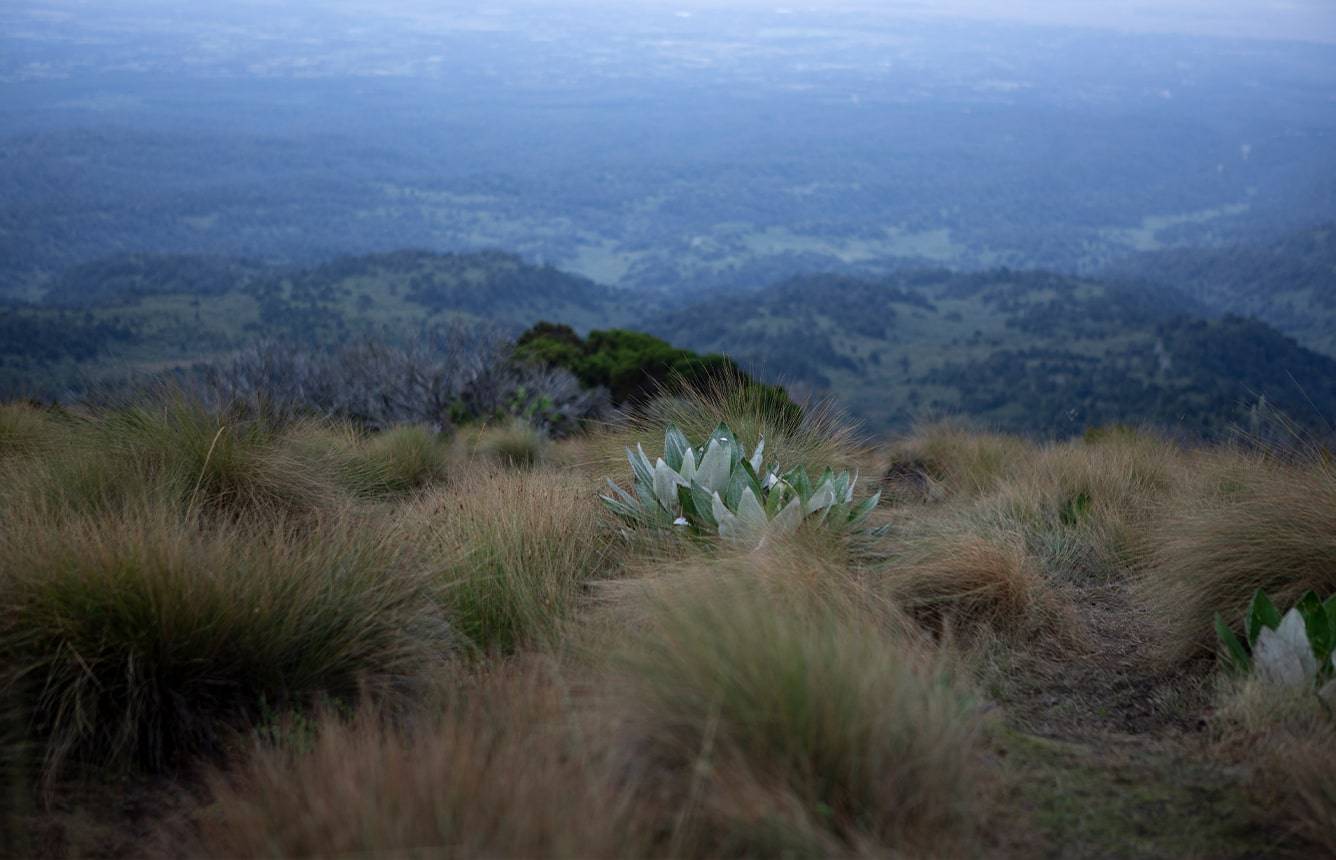
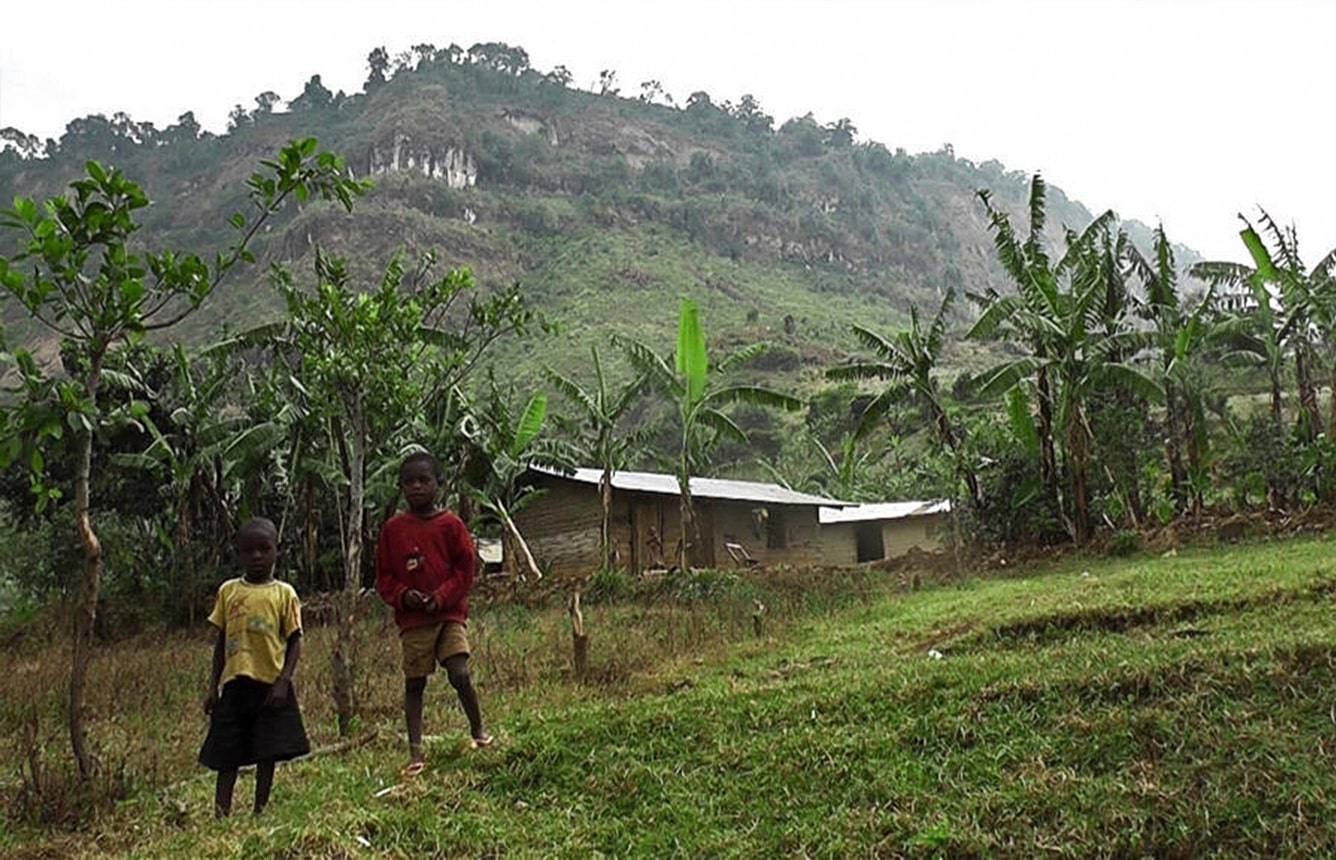
Tell us about the physical and climatic characteristics of Mount Elgon?
Mount Elgon is very high, very cold and very, very wet. Its highest peak reaches 4,321m (14,177 ft) and there can be up to 2,500mm (almost 100 inches) of rain per annum. It is crossed with deep valleys, filled with stunningly beautiful stands of ancient forest or dense bamboo that often can only be penetrated along dangerous buffalo or elephant trails. On its higher slopes it has an alpine vegetation zone of exotic plants unique to the mountain.
The scouts’ job involves going out in all weathers, so the gift of Jöttnar’s wet weather gear was hugely well received by them. One on receiving the equipment sent a message saying "I take this time to join my colleague to appreciate the good work done by the donor of clothes that will help keep us safe from cold and wet that is so much on Mt Elgon, may God bless him or her abundantly."
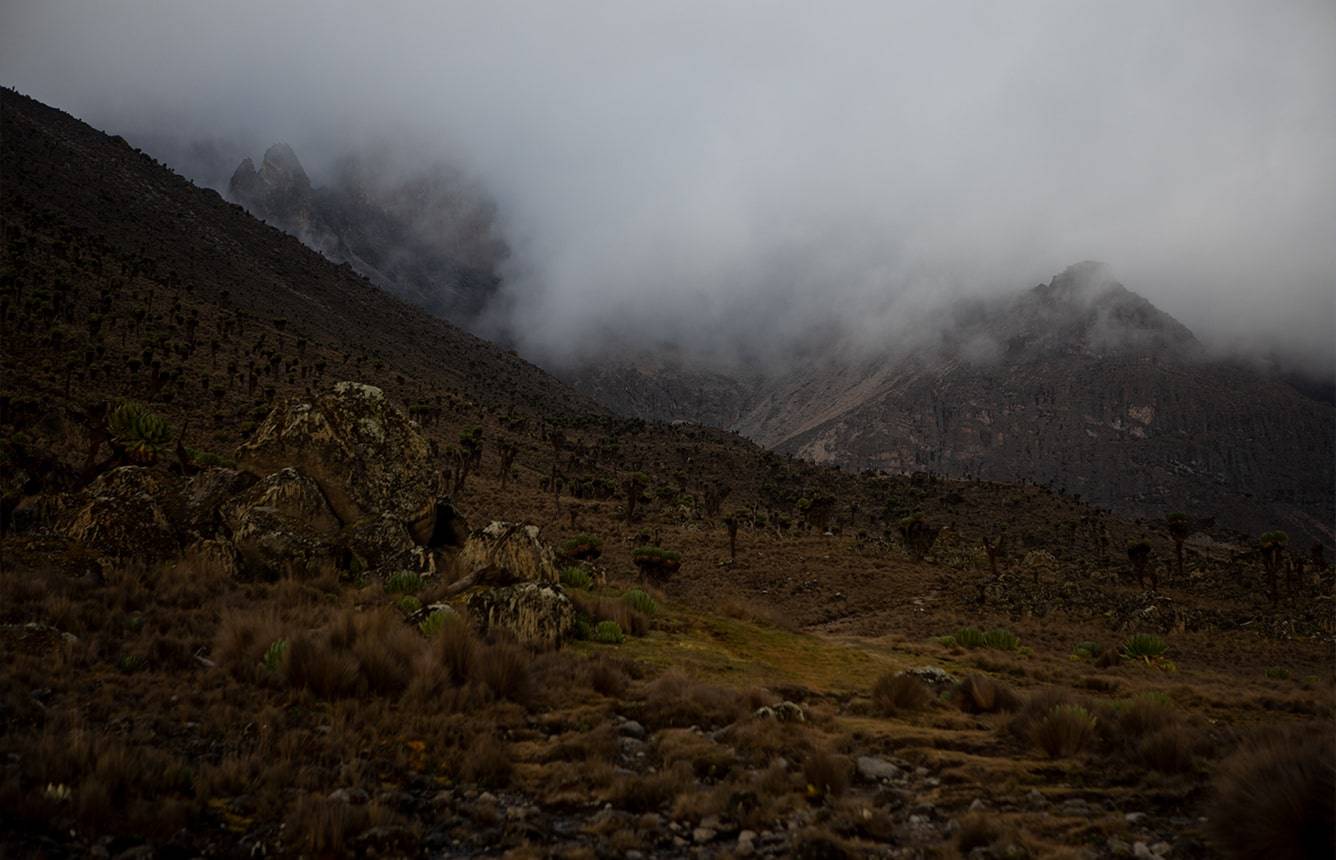
What is it about the local environment that gives rise to such unique behaviour of its elephant population?
The dense forest and very heavy rainfall on Mount Elgon have combined with the mountain’s geology to create the extraordinary elephant cave-mining behaviour we see today. The food of carnivores comes ready salted. The flesh they eat gives them the minerals they need to keep their body processes working. Herbivores are different, as plants lack the minerals they need in sufficient quantities so they must seek it out elsewhere. On the African plains they normally find it at salt licks, waterholes rich in minerals. On Mount Elgon, the dense vegetation and high rainfall mean there are very few such sources of salt. However, Mount Elgon is an extinct volcano. Going back in geological time, huge eruptions of mineral-rich ash formed into soft strata of rock capped off with hard lava flows. At the end of the lava flows, cliffs formed. Where rivers drop off these cliffs, brushing away the vegetation, the soft mineral-rich strata are exposed and the elephants find all the salt they need there. As they dig into the soft ash rock, it collapses up to the hard lava and so caves are, very likely, entirely formed by the elephants and other animals or, at the very least, greatly enlarged.
INTO THE ELEPHANT CAVE
WATCH THE ELEPHANTS OF ELGON SEARCH FOR SALT
How did the outside world come to know about Elgon’s underground elephants and the extent of their mining behaviour across the mountain?
Kitum Cave in Mount Elgon National Park has been known to outsiders since the early days of Europeans visiting the area in the second half of the 19th century and, very possibly, to Arab and other traders from before then. What is remarkable, however, is that until MEEP began its work in 2017, the rest of the wide network of caves mined by elephants across the mountain has remained virtually unknown other than to local people. So far, MEEP has verified the existence of 27 elephant caves and has unconfirmed reports of at least another 27.
MEEP sprang out of an archaeological expedition in 2017 to find caves in which to dig for evidence of the changing pattern of human occupation of the caves up and down the mountain in response to historic climate change. Another fascinating story for another day!
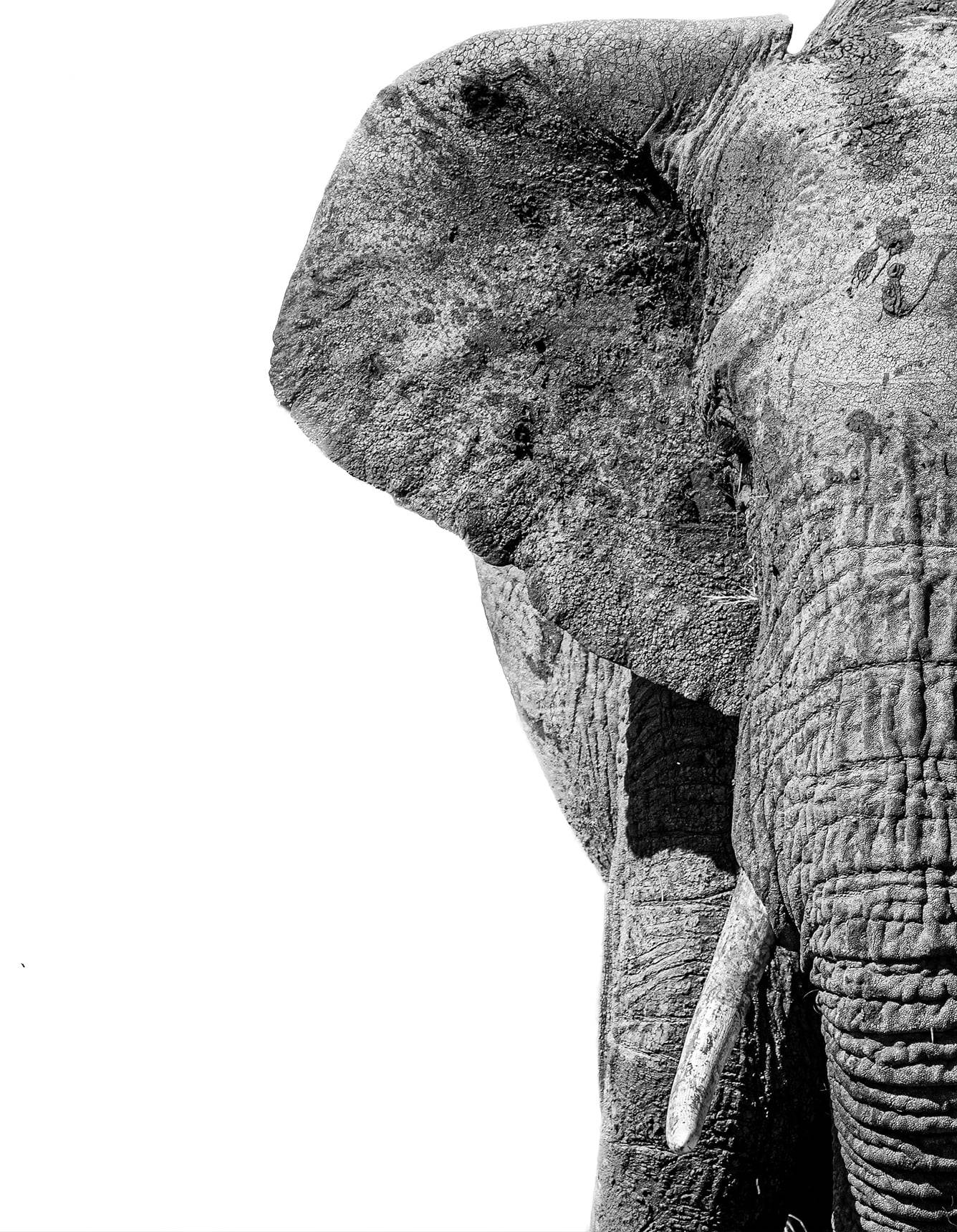

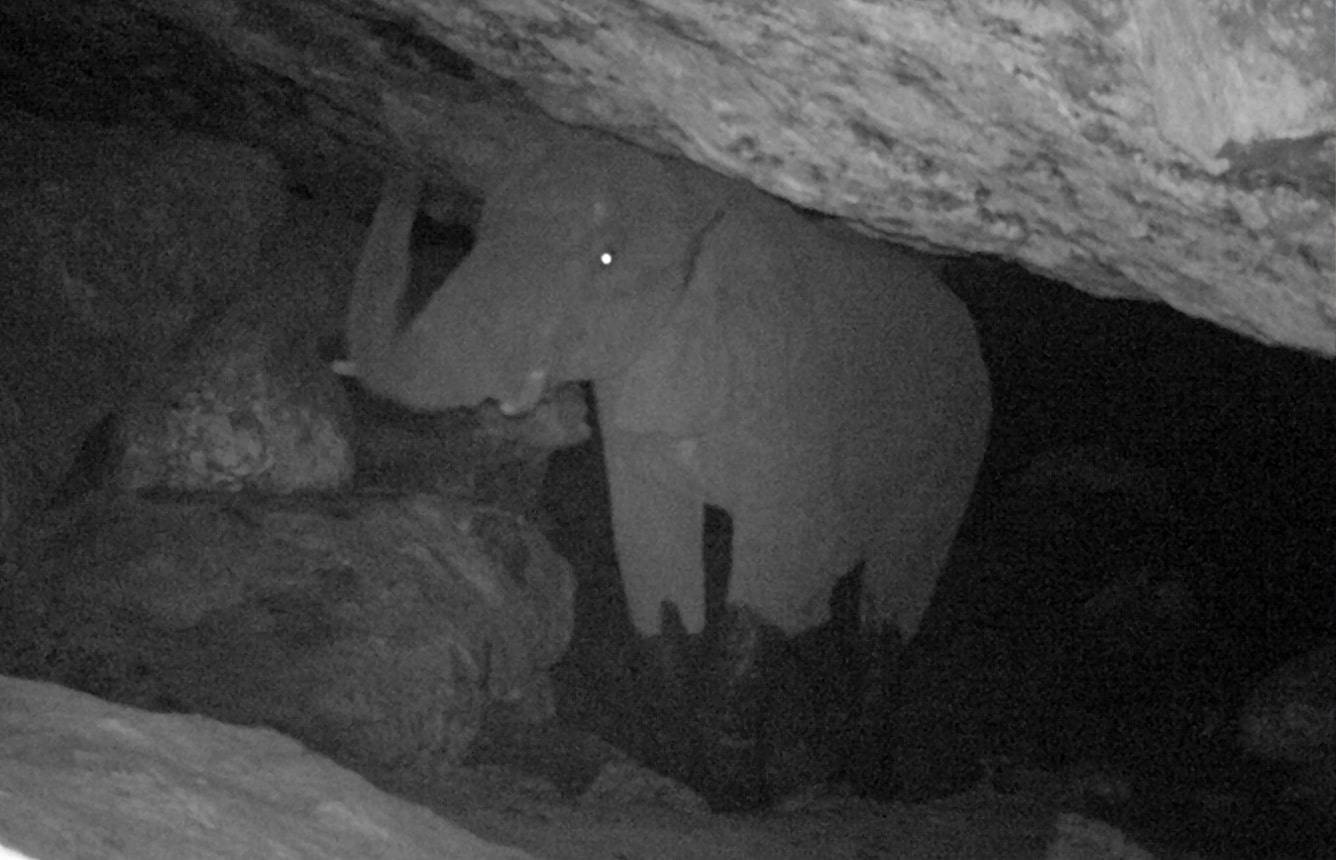
What would be the approximate size dimensions of a salt cave excavated by an elephant herd – and over what period of time would that have been created?
The deepest cave we know of which elephants still visit stretches 160m into the mountain. Another where they now rarely go is almost wide and high enough to fit a jumbo jet. We do not know over what period of time these and other caves have formed. That research has yet to be done.
Preserving the habitat and guarding against poaching of these unique elephants is the task of eight local scouts. Tell us about them, the conditions they work in and the challenges they face.
Given the challenging conditions of Mount Elgon, MEEP does not station people there from outside. On the mountain, we only employ people who have lived there all their lives who therefore know the mountain intimately and can cope with its challenges. They have to be strong, fit, reliable, sensible in their dealings with others and also able to use the mobile phones we issue them with to gather data. Not only must they be able to withstand the mountain’s harsh physical conditions, there are other challenges. We have received photos from them on several occasions taken on their phones after they have scurried up a tree to avoid a passing elephant or buffalo!
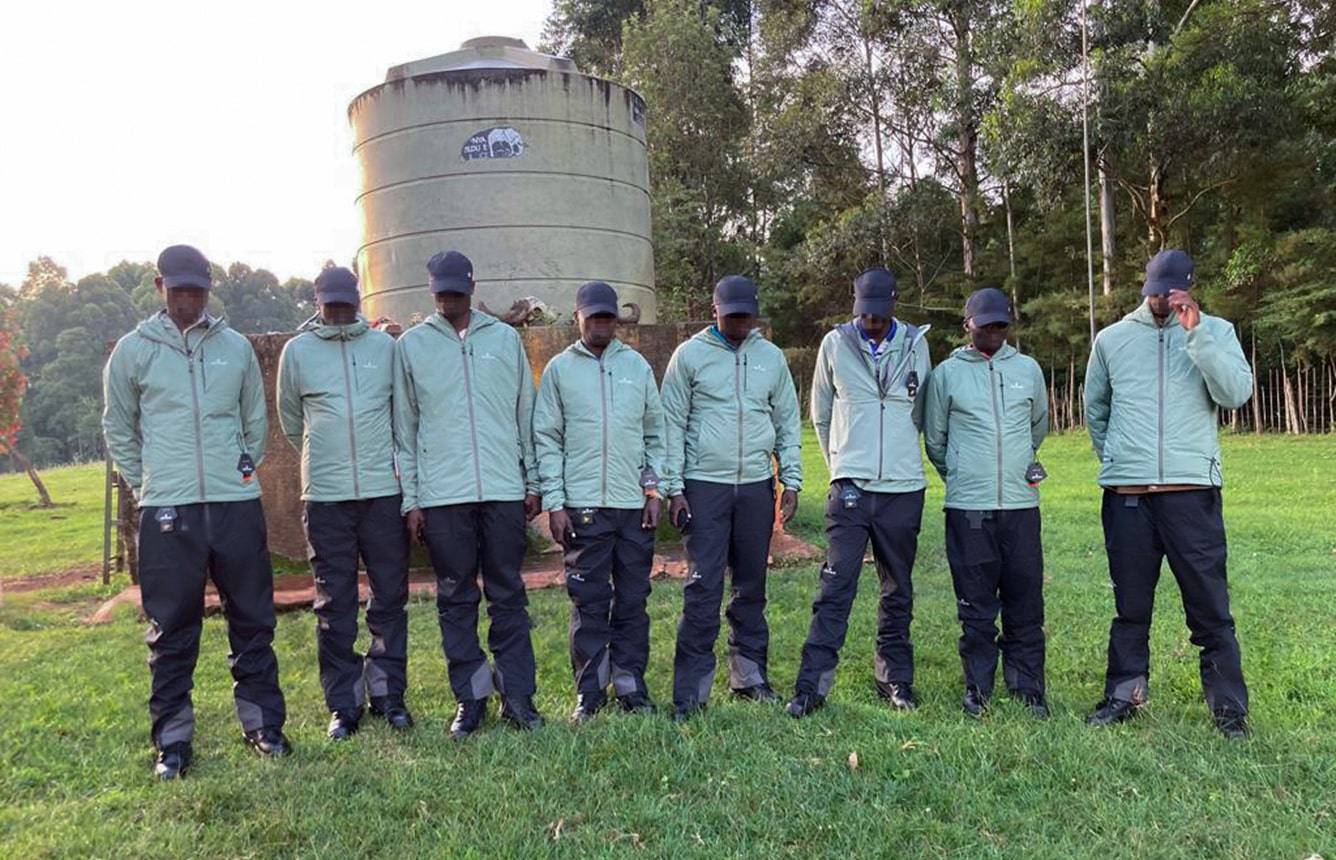
Can you give examples of measures taken by the scouts to have positively impacted on the herd and its habitat?
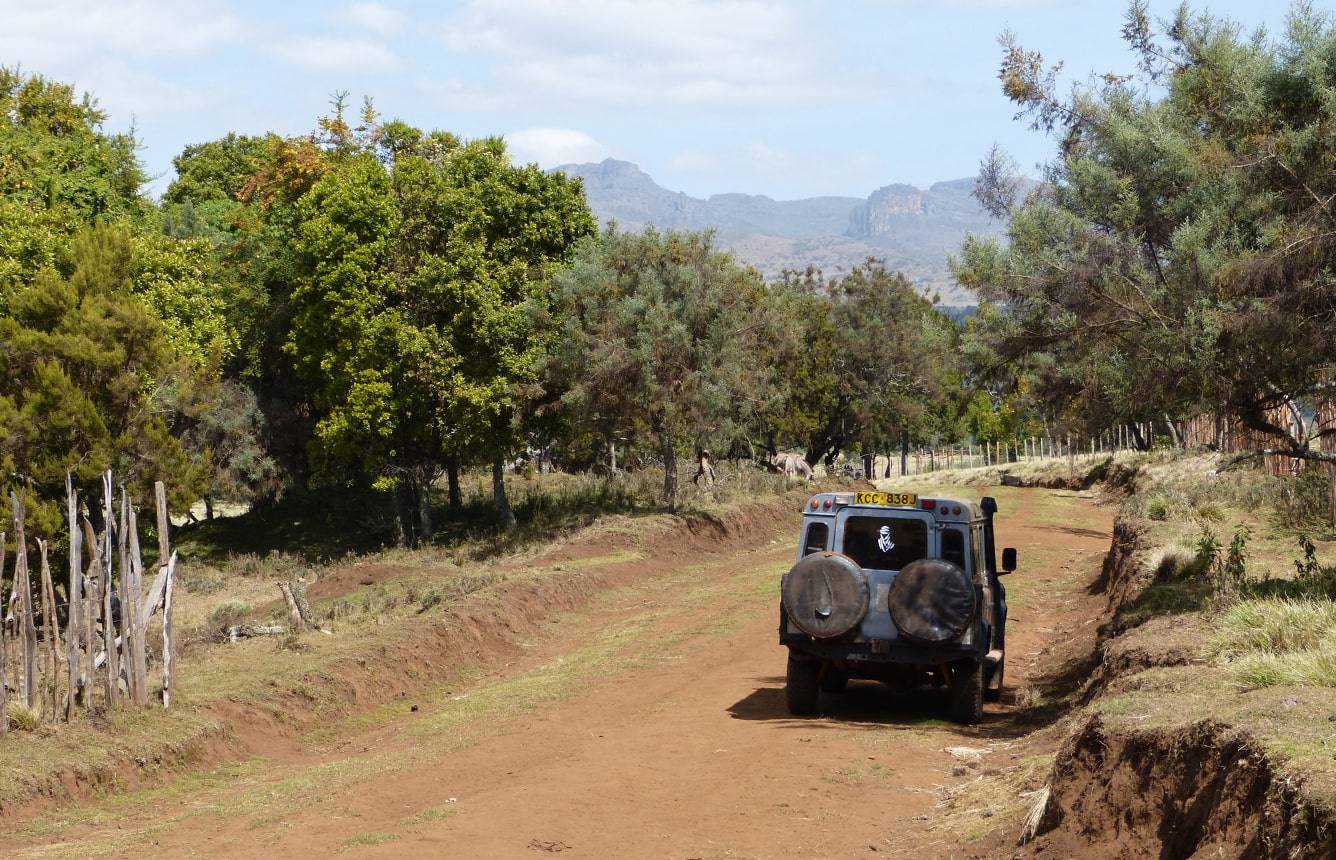
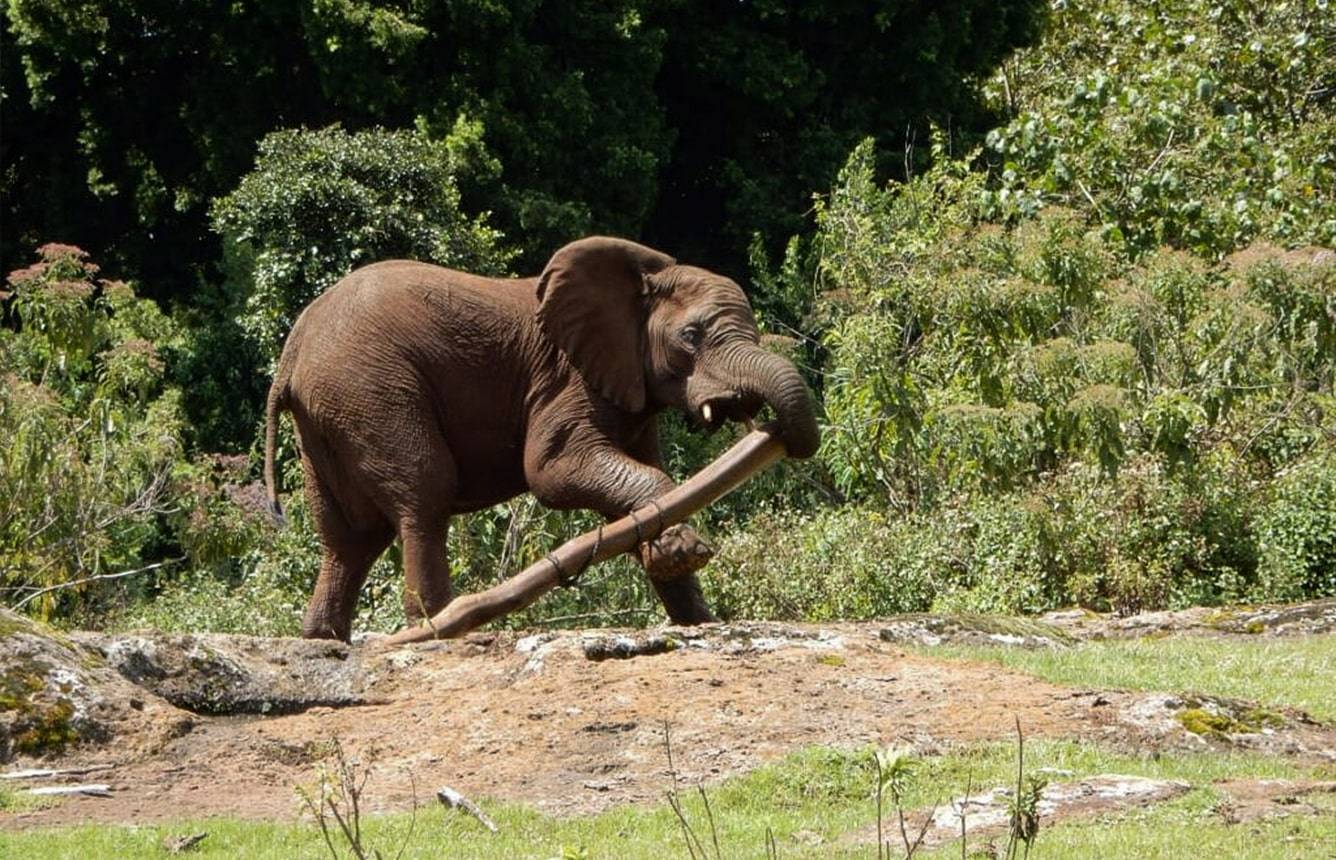
Looking back at your team’s work, what project or initiative gives you greatest satisfaction? And what do you see as the major challenge for the future?
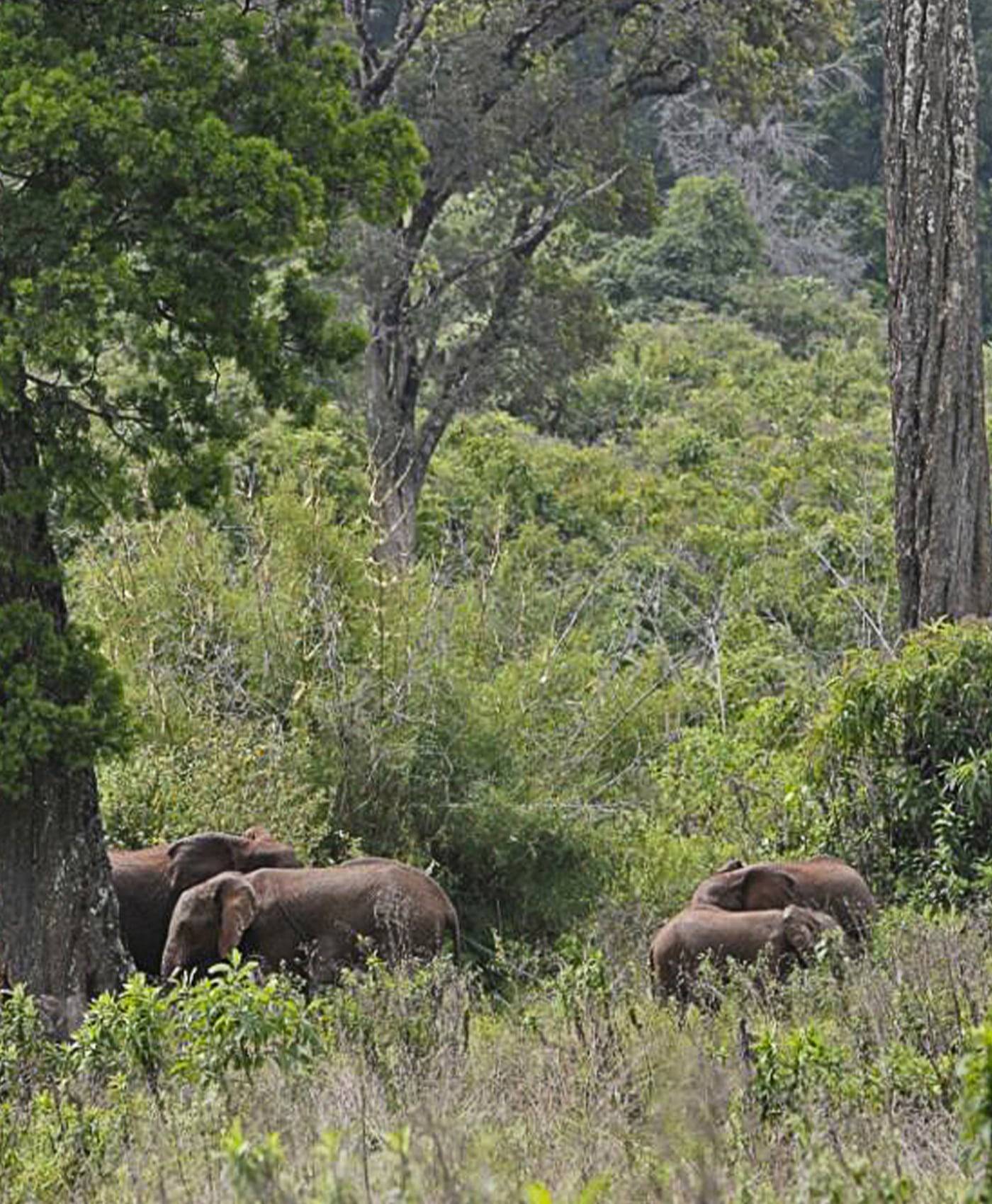
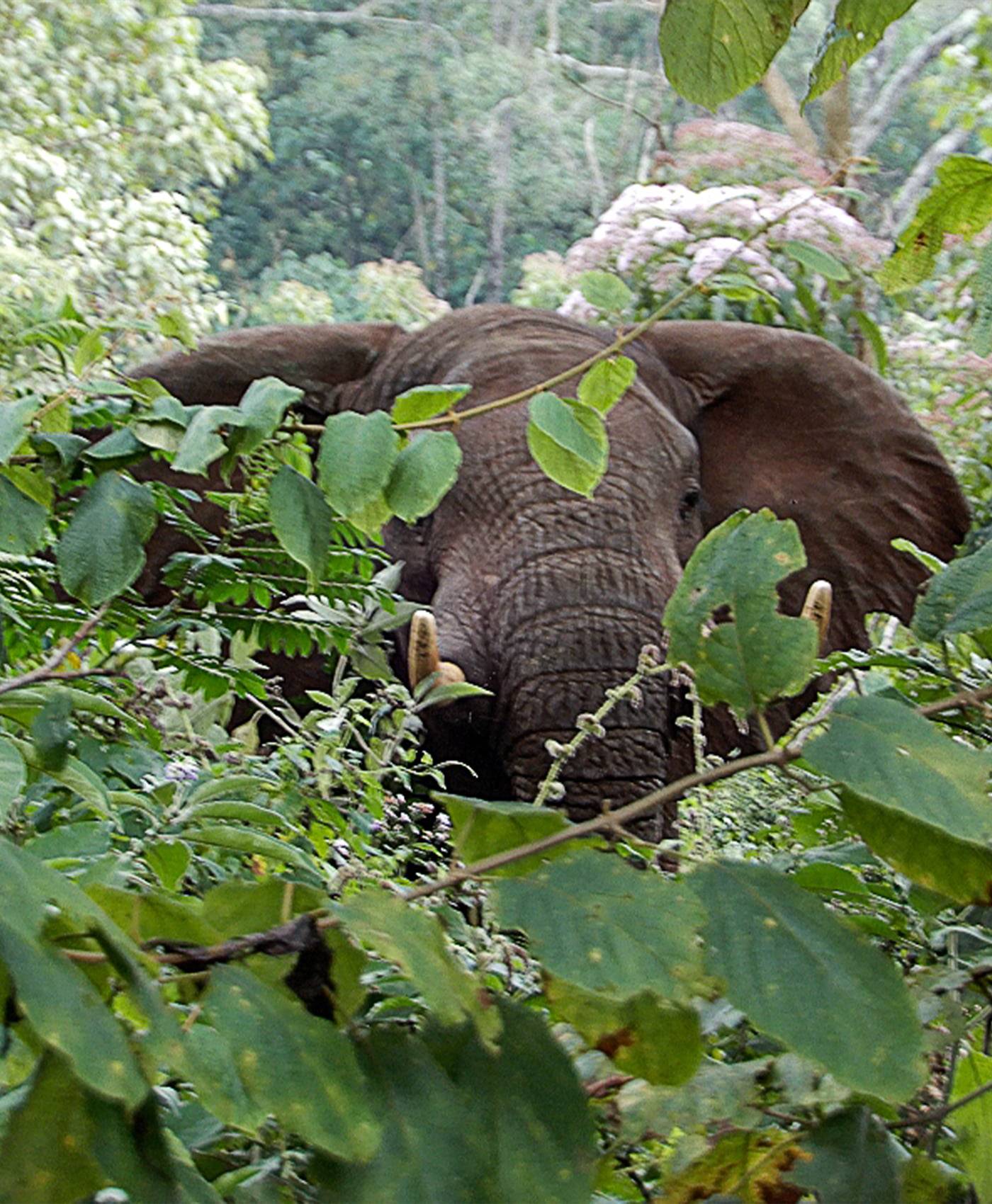
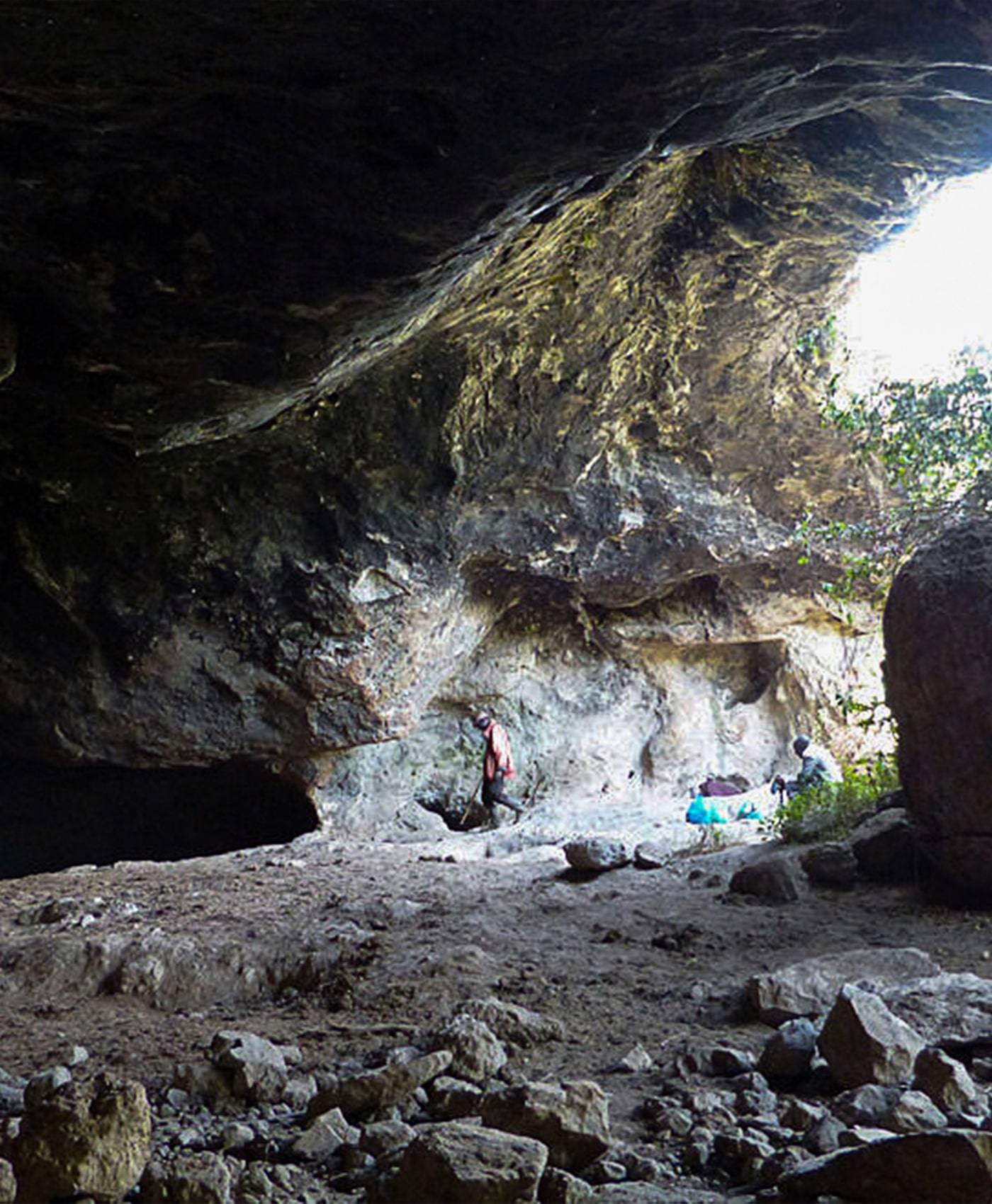
Mount Elgon Foundation
The Mount Elgon Foundation raises money for projects that protect and preserve the natural and cultural heritage of Mount Elgon, in ways which also support the local people.
